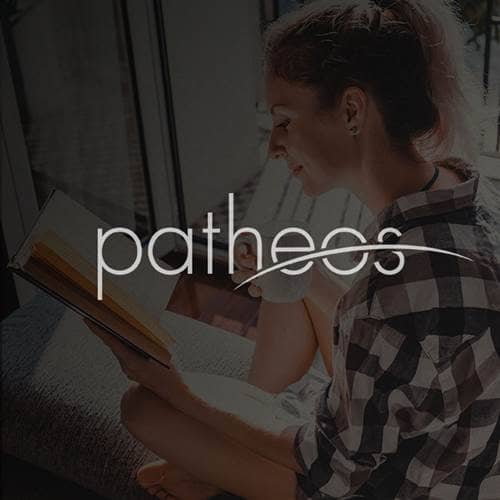- Trending:
- Pope Leo Xiv
- |
- Israel
- |
- Trump
- |
- Social Justice
- |
- Peace
- |
- Love

RELIGION LIBRARY
Zen
Suffering and the Problem of Evil
In many respects, Zen's response to suffering and the problem of evil is the same as that of Mahayana Buddhism in general. Zen's understanding of these issues (with elements of Huayen Buddhism as well) is best expressed in Xinxin Ming (Hsin Hsin Ming), or "On Faith in Mind," a prose-poem that is traditionally attributed to Sengsan, the third patriarch of Zen.
Little is known of the historical figure Sengsan, but according to legend, he approached the second patriarch of Zen, Huike, and told him that he suffered from a terrible disease (according to several texts, it was leprosy). Sengsan asked Huike to absolve him of his sin so that he could be healed. The patriarch responded, "Bring me your sin and I will absolve you." When Sengsan replied that he could not get at his sin to bring it, Huike told him, "Then I have absolved you." This story of the first meeting of Sengsan and Huike is also a famous koan in the Zen tradition.
There are varying theories about when and by whom Xinxin Ming was actually written, but scholars agree that it was written several centuries after Sengsan's death. Taoist influence on the text is clear, not only because of the philosophy that is expressed, but also because of the use of common Taoist—and Confucian—phrases such as wu-wei and ziran.
Xinxin Ming proposes that all suffering and unhappiness are caused by dualistic thinking. It begins, "The Great Way is not difficult for those who have no preferences." For many, having no preferences at all may seem like a most difficult attitude to attain. Nonetheless, according to the text, the moment the smallest distinction is made, "heaven and earth are set infinitely apart."
This is not simply a proposal of a psychological state of mind to aim for; it is a description of the nature of reality. Like Nagarjuna, the author of this Zen text indicated that things are neither real nor not real, neither empty nor not empty. From this point of view, to see things in an either-or fashion is to be deceived by delusion.
In an analysis similar to that of the Buddha's Four Noble Truths, which indicates that suffering is caused by desire, Xinxin Ming states that the process of creating distinctions and preferences causes human suffering. Discriminating between "coarse or fine" leads to "for or against" thinking, which leads to notions about right and wrong, which lead, in turn, to mental confusion. There is confusion because there is no agreement about what is right or what is true. These are not characteristics innate to human existence; they are illusions caused by dualistic thinking.
The solution, according to the text, is to "simply say when doubt arises, ‘Not two.'" If one recognizes the oneness of all things, then one is able to be in harmony with the world of phenomena, in which there is "neither self nor other-than-self." This is what Sengsan realized when he had his first exchange with Huike. His suffering was not separate from himself, and it was not caused by a sin or an evil deed that needed to be, or could be, removed from his body by absolution.
According to the legend, Sengsan did indeed get better physically, and eventually was free of his illness. This could be viewed as a natural insistence on a happy ending, or, perhaps, as a way of countering potential nihilistic interpretations of Xinxin Ming. To confront doubt by saying, "not two," leads to a far more sophisticated understanding than simply passively accepting one's fate in life. It leads to the realization that, on a fundamental level, all things are one.
"Do not be attached even to this One," the text says, followed by what may be its clearest statement of relevance to suffering and the problem of evil: "When the mind exists undisturbed in the Way, nothing in the world can offend, and when a thing can no longer offend, it ceases to exist in the old way."
Study Questions:
1. Who was Sengsan?
2. What does Xinxin Ming propose as the problem of suffering?
3. What is the solution to suffering?










